As manufacturers innovate with high-speed brush head rotation, questions arise about its impact on long-term tooth health—specifically, whether aggressive motion might accelerate enamel erosion. In this article, we’ll examine the mechanics behind rotational brushing, explore how design and user behavior interplay, and offer evidence-based guidelines to minimize enamel wear while maximizing cleaning efficacy.
First, it’s essential to understand how rotational systems work:
Thus, the combination of speed and amplitude defines the fundamental cleaning action—and its potential to stress enamel.
Moreover, enamel wear isn’t solely a function of speed:
Clinical studies show that uncontrolled high-pressure rotational brushing can accelerate enamel loss by up to 20% compared to recommended techniques.Company web:https://www.powsmart.com/product/electric-toothbrush/
Fortunately, smart engineering can mitigate these risks:
By integrating these design elements, manufacturers can deliver powerful cleaning without compromising enamel integrity.

In addition to hardware, end-user behavior plays a critical role:
Therefore, successful enamel preservation demands both well-engineered tools and proper user education.
To ensure safe performance, B2B quality teams should implement rigorous testing:
Such protocols help balance cleaning power against enamel safety in real-world use.
Finally, here are actionable recommendations to minimize enamel erosion while leveraging rotational brushing:
By combining engineered safeguards with user-centric features, manufacturers can harness the benefits of brush head rotation without elevating enamel erosion risk.
Conclusion
While high-speed brush head rotation delivers superior plaque removal, unchecked forces and improper technique can accelerate enamel erosion. By prioritizing optimized design, rigorous testing, user education, and smart integration, B2B partners can offer devices that fight plaque effectively and preserve enamel health. For collaboration on next-generation rotational-technology brushes, please contact our company!
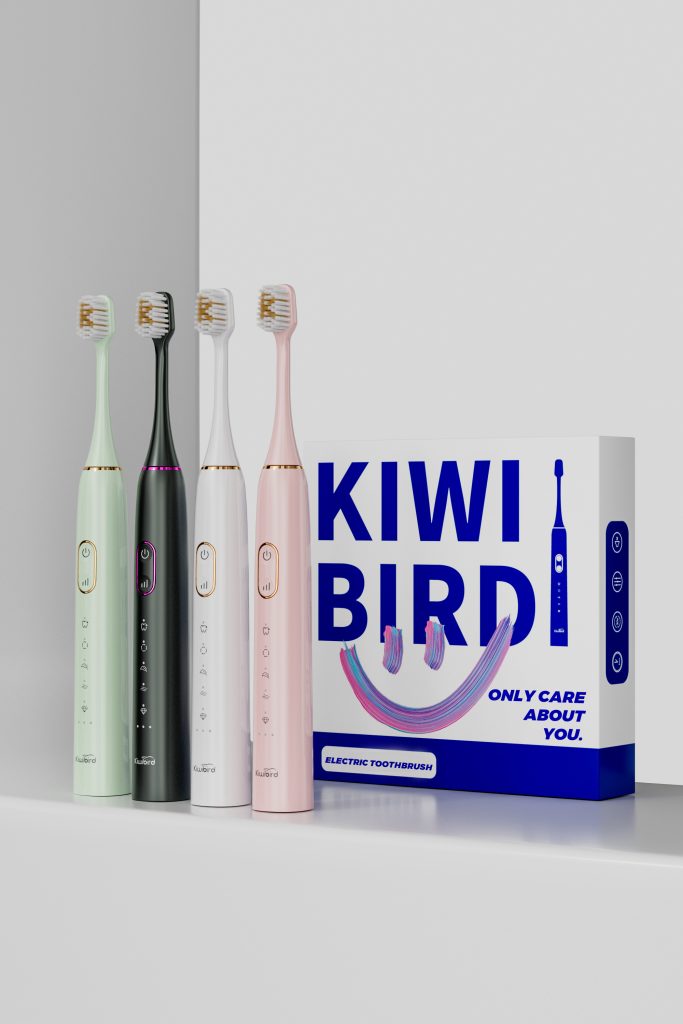

Comparison of Performance & Price of Different Motors for Water Pumps for Dental Flossers
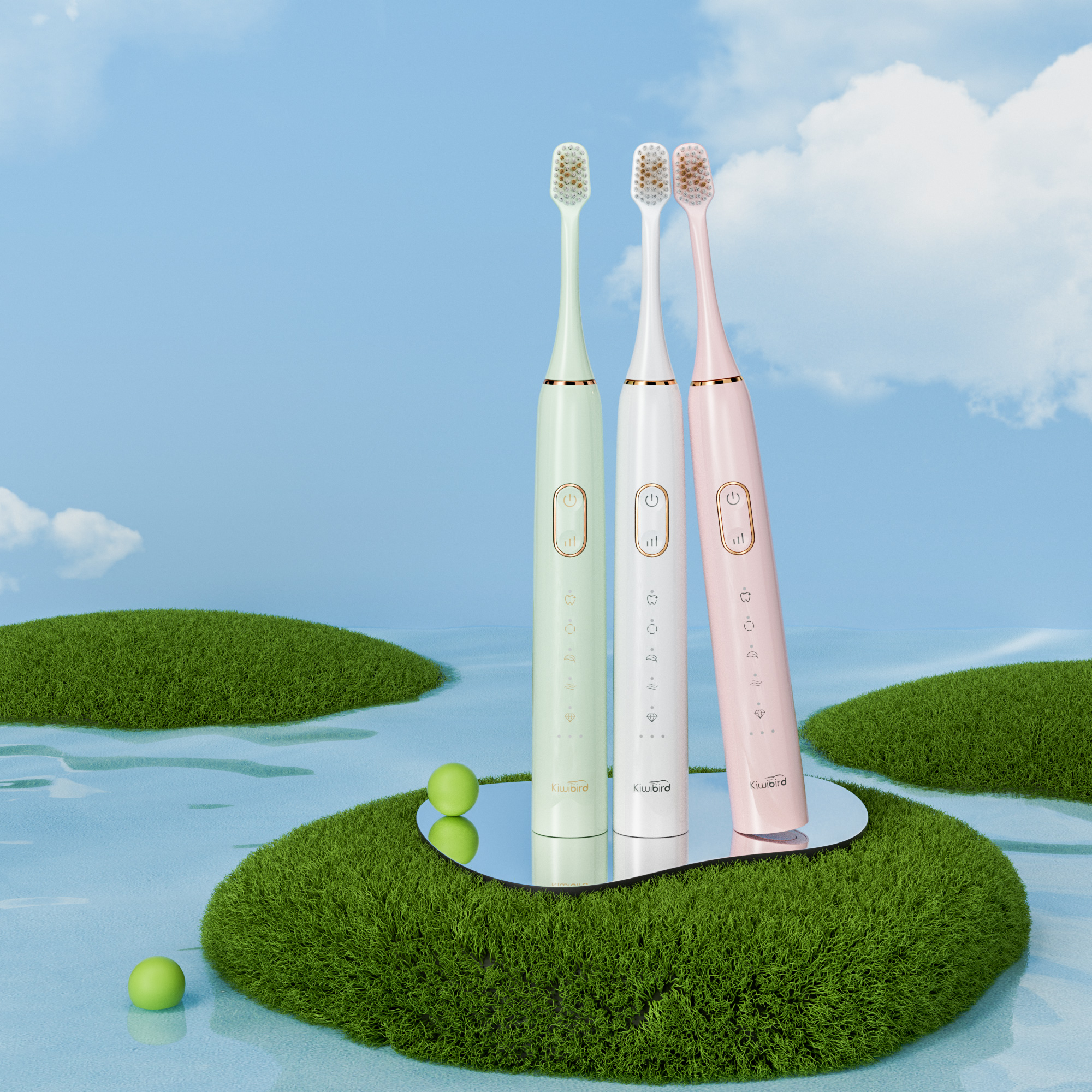
Why Is a Long Endurance Electric Toothbrush a Selling Point?

Electric Toothbrush Wholesale Market Analysis: Some of the Best-Selling Models in 2025
Why Is Your Device Stuck in Frequency Instability and Smart Timer Malfunction?
Why Do Efficacy Comparisons Focus on Bleach Breakdown?
Why Dentist Consultations Mitigate Home Treatment Risks?
How Does Cold Light Wavelength Affect Bleach Decomposition?

How to Deal with Sudden Tooth Sensitivity?
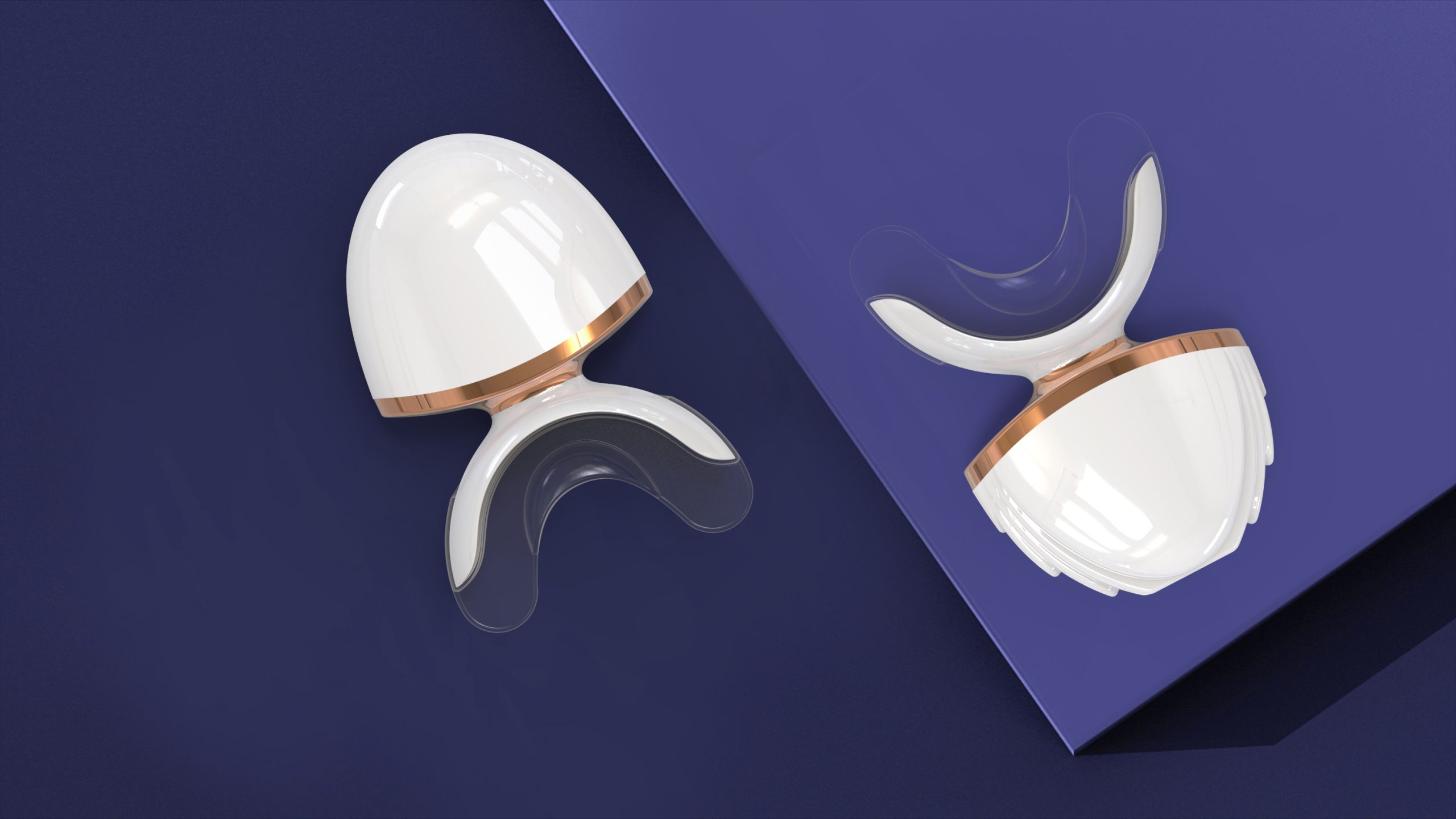
Is Blue Light Under 480nm Safe for Teeth Whitening Devices?
Is Your Water Flosser Plagued by Nozzle Clogging and Water Tank Leakage?
-1-scaled.png)
How Red Light Therapy Boosts Gum Health in Advanced Oral Care Products
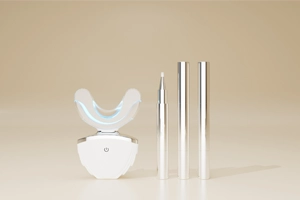
Complete Analysis of Teeth Whitening Gel Ingredients: Safe Hydrogen Peroxide Levels, Desensitizing Agents & pH Balance
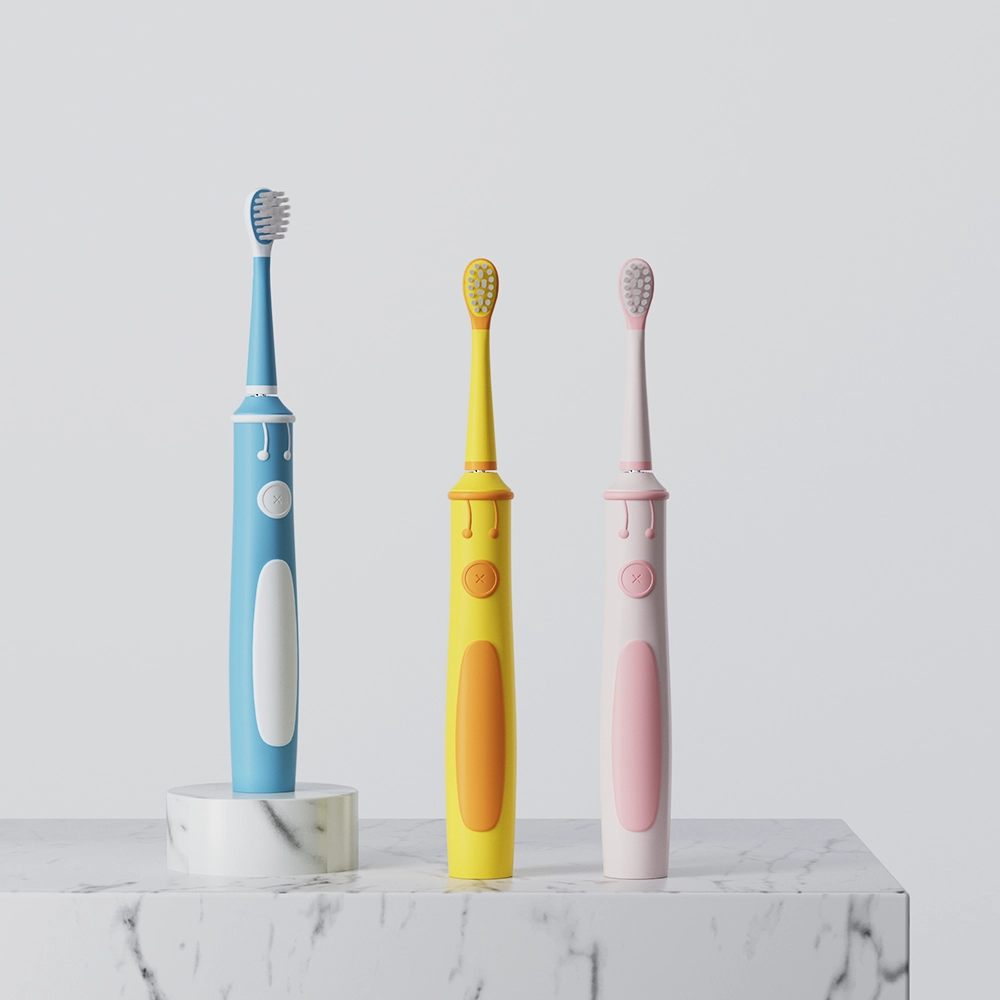
Why Kids’ Electric Toothbrushes Need Antibacterial Materials
Are Button Malfunctions and Circuit Shorts the Cause?
Over-Bleaching Effects from Whitening Effectiveness Claims?

Do At-Home Light Therapy Teeth Whiteners Really Work?

electric toothbrush heads Deep Clean

electric toothbrush heads Ultra Soft

Electric toothbrush heads Charcoal Infused-Diamond

electric toothbrush heads Charcoal Infuse-Round
.jpg)
Florida Electric Toothbrush – Powsmart PTR-C8

Customization Teeth Whitening Gel

electric toothbrush heads Regular Clean

Private Label Whitening Gel
whstapp
whstapp
National Toll-Free Service Hotline
+86 755 86238638